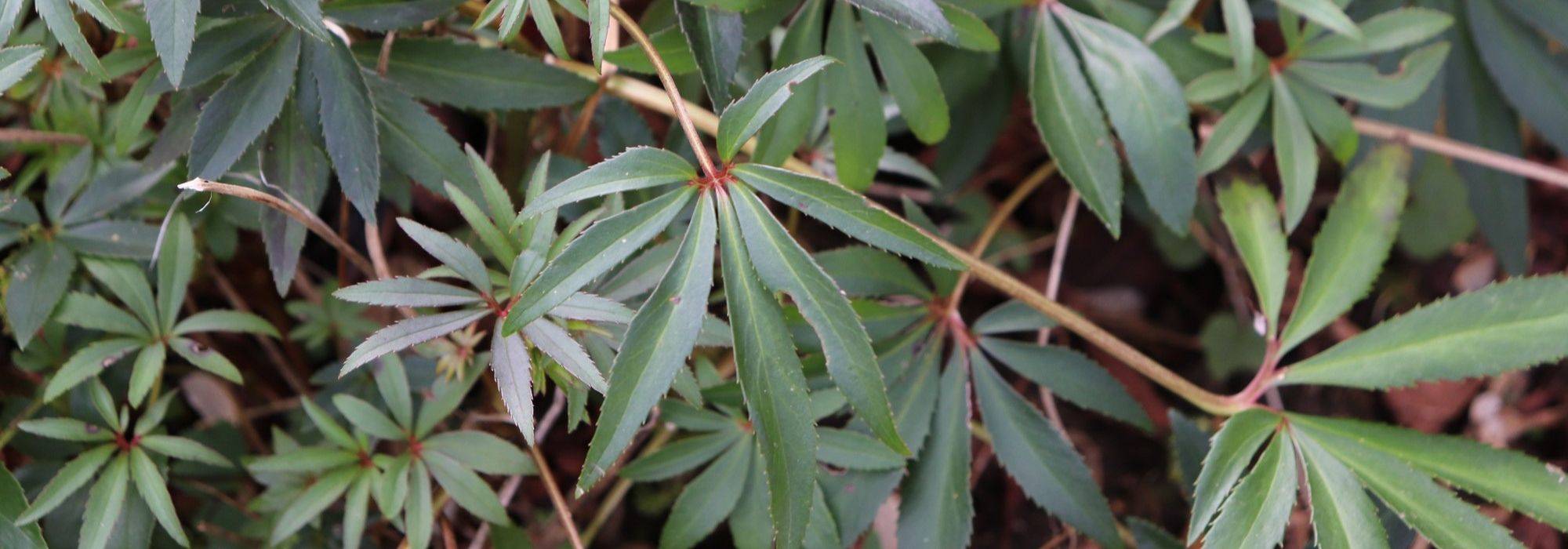
7 evergreen perennials to include in the garden
Give your garden a lasting display
Contents
Evergreen perennials provide a permanent display in the garden. Besides their seasonal flowering, they offer structure that can be admired all year round, even in the depths of winter, when many plants have disappeared, waiting for warmer days to reappear. With attractive flowering and decorative foliage, here is a selection of 7 perennials to adopt to dress your borders 12 months a year!
Spanish grass
Armeria is a hardy, robust perennial whose vernacular name comes from its resemblance to the lawns in our gardens. Growing in compact tufts, its fine green foliage, sometimes slightly blue‑tinged, makes it look like a small grass. Between May and August (depending on region), small white pompom flowers or blooms in various shades of pink and red stand well above the foliage. Plant about 20 cm tall, then forms a true flowering cushion 40 to 50 cm high.
Requirements
Sea thrift grows in full sun, in light, free‑draining soil, even poor and dry. Hardy down to -15°C, simply avoid waterlogged ground, especially in winter. It tolerates lime, sea spray and wind.
Uses
Excellent ground cover for gardens without watering, use it as an alternative to lawn, as a border for beds, in rockeries or even in flowering planters.
Some interesting varieties
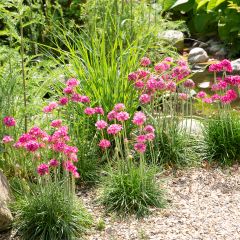
Armeria maritima Düsseldorfer Stolz - Sea Thrift
- Flowering time June to October
- Height at maturity 15 cm
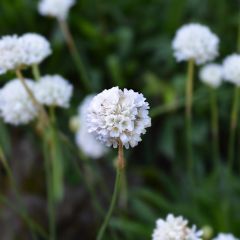
Armeria maritima Alba - Sea Thrift
- Flowering time June to August
- Height at maturity 20 cm
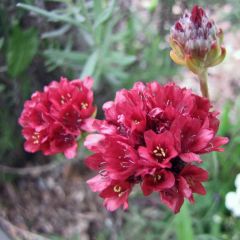
Armeria pseudarmeria Ballerina Red - Sea Thrift
- Flowering time June to October
- Height at maturity 20 cm
- All our sea thrift varieties.
- Our factsheet: Planting, growing and caring for sea thrift.
Read also
How to stake a perennial plant?Bergenia
Easy-going and generous, Bergenia stands out as one of the best evergreen perennials. Tough in appearance, its foliage is made up of large leaves in various shades of green, sometimes tinged purple on their undersides. In winter, in response to cold, they often take on attractive bronze or red tones. From March to June depending on variety, stumps forming dense clumps 20 to 70 cm high are topped with bell-shaped inflorescences in white, pink or red that are very decorative. With fairly slow growth, Bergenia spreads slowly by stolons to form attractive colonies without becoming invasive. Its excellent hardiness (down to -40°C) allows cultivation across territory.
Growing requirements
Provide well-drained but moisture-retentive soil, even poor, in any exposure. However avoid scorching sun. Bergenia tolerates calcareous soil.
Possible uses
Ideal at base of trees and deciduous bushes, it can also be used in borders, on slopes, in rockeries and is superb in winter displays.
Some interesting varieties
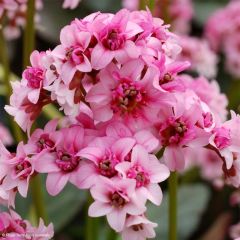
Bergenia Dragonfly Series Sakura - Elephant's Ears
- Flowering time April, May
- Height at maturity 25 cm
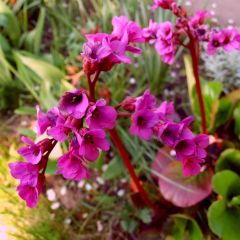
Bergenia Ouvertüre - Elephant's Ears
- Flowering time April, May
- Height at maturity 40 cm
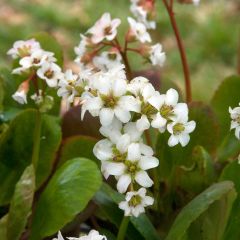
Bergenia Bressingham White - Elephant's Ears
- Flowering time June, July
- Height at maturity 30 cm
Discover other Evergreen perennials
View all →Available in 0 sizes
Available in 0 sizes
Available in 0 sizes
Available in 0 sizes
Available in 0 sizes
Available in 0 sizes
Available in 1 sizes
Available in 1 sizes
Available in 0 sizes
Available in 1 sizes
Hellebore
Emblematic evergreen perennials with winter flowering, Hellebores have largely conquered gardens. Gardners love their generous flowering, which lights up the garden from November to April depending on species. Colour palette is incredible, ranging from pure white to black, through pinks, yellows, slate, purples and reds that vie in beauty. Flowers, single or double, in some cases display superb variegations, spots or speckling worthy of master craftsmen. Foliage, ample and thick, is more or less palmate and divided, light or deep green, sometimes enhanced with marbling. Hellebores form clumps 40 to 50 cm on average (some can reach nearly 1 m). They live for many years in the garden, generally unfazed by disease or cold.
Growing requirements
Heavy, cool clay soil suits them, provided it is well drained. Hellebores prefer part-shade and alkaline soils, except Oriental Hellebores which tolerate acidic soil.
Uses
Ideal under cover of trees and deciduous bushes, at forest edge, in shaded borders and in winter displays. Placed near the house, you can enjoy their colours during the off-season.
Some interesting varieties
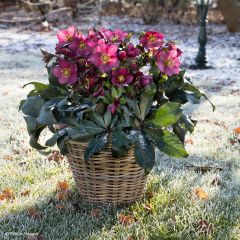
Helleborus Ice N' Roses Marbled Red - Hellebore
- Height at maturity 30 cm

Helleborus ericsmithii Magic Leaves
- Height at maturity 30 cm
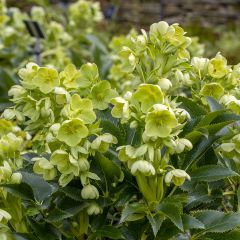
Helleborus argutifolius
- Flowering time February to April
- Height at maturity 60 cm
- Our wide range of Hellebores
- Our fact sheet: Planting and growing Hellebores.
Heuchera
Heuchera, or ‘Painter’s Despair’ is a charming perennial grown primarily for its foliage, decorative all year round. Rounded and undulating, it displays a wide range of colours: deep or acid green, yellow, orange, purplish more or less vivid, pink, almost black… the hardest part is choosing, especially as these hues are sometimes enhanced by veins or marbling that give them incomparable depth. The clumps, very hardy and 40 to 50 cm tall, form superb tapeta with changing hues throughout the seasons, topped between May and July by an airy flowering, pink, red or white that can reach 80 cm. Heuchera combines many ornamental qualities and is indispensable for gardeners keen to keep an attractive garden throughout the year.
Growing requirements
Plant in fresh but well-drained, humus-bearing and rich soil. Avoid heavy, suffocating soils that remain saturated with water in winter. Position them in shade or partial shade, in neutral, acidic or calcareous soil.
Possible uses
In beds in dappled shade, Heucheras make superb groundcover. Use them also at woodland edges or in pots on a terrace sheltered from scorching sun.
Some interesting varieties
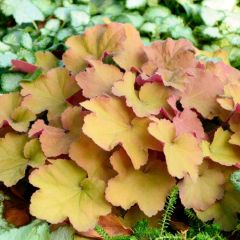
Heuchera villosa Caramel
- Flowering time July, August
- Height at maturity 50 cm
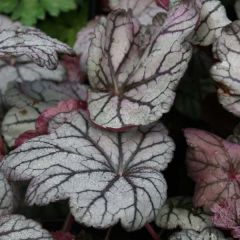
Heuchera villosa Sugar Plum
- Flowering time June to September
- Height at maturity 40 cm
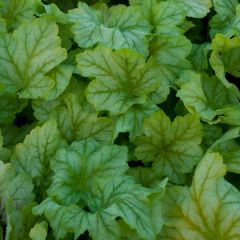
Heuchera Mint Julep
- Flowering time July, August
- Height at maturity 30 cm
Luzula
The Woodrush is a robust, high-performing groundcover in shade, even in dry soil and among tree roots. It grows where few other plants could establish! Its foliage, which can be green, tinged grey or gold, sometimes variegated, is reminiscent of a grass. Thick, the long leaves are edged with fine cilia and form a dense clump with a lax habit of 20 to 60 cm. Very easy, this perennial flowers in spring in graceful umbels, white or brown. Very hardy (-15°C), woodrush has no foe and remains present even through winter.
Growing requirements
All soils, whether rich or poor, moist or dry, suit it. Simply avoid very calcareous soils. Woodrush prefers shade or partial shade.
Uses
Ideal in understorey planting for a naturalistic effect, in dark, impoverished areas of garden where nothing else will grow. It tolerates strong competition from tree roots and can also be grown in a pot on a cool, shaded terrace.
Notable varieties

Luzula nivea
- Flowering time June to August
- Height at maturity 60 cm
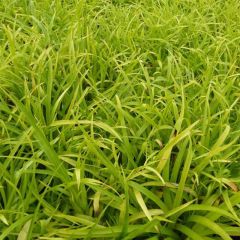
Luzula sylvatica Solar Flare
- Flowering time May to July
- Height at maturity 40 cm
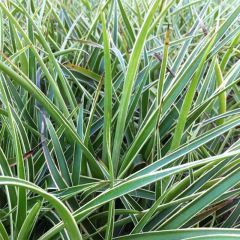
Luzula sylvatica Marginata
- Flowering time May to July
- Height at maturity 40 cm
- Our Woodrush range.
- Our factsheet: Planting, growing and caring for Woodrush
Ferns
Everyone knows Ferns, even those encountered along a woodland path. Perennials emblematic of shade and the understorey, they are grown for their graphic foliage and exuberance. Ranging from a few centimetres to over 2 m tall, there is a wide variety, some keeping foliage year-round. Their fronds, finely cut or broad and glossy, bring elegant notes of green to the garden, in tones that allow beautiful combinations. Some even take on copper or orange hues in spring, when foliage is renewed, becoming the stars of your composition.
Requirements
Mostly confined to fresh to moist, humus-bearing soils rich in organic matter and rather acidic, ferns thrive in shade or part shade. Some can however tolerate drier or more calcareous soil and an aspect with more sun.
Possible uses
Plant ferns in woodland or edge gardens, by watercourses, in rockeries or in pots. Some ferns even grow in wall crevices or on old tree stumps for an unmatched naturalistic effect!
Some interesting varieties
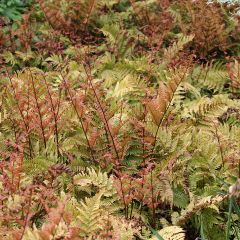
Dryopteris erythrosora - Copper Fern
- Height at maturity 70 cm
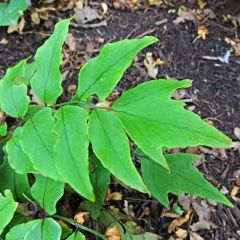
Cyrtomium fortunei - Evergreen fern
- Height at maturity 50 cm

Asplenium scolopendrium Undulatum Angustatum - Hart's Tongue Fern
- Height at maturity 30 cm
- Our range of evergreen ferns
- All our species and varieties of ferns
- Our sheet : Plant and grow ferns
Phormium
Largest perennial in this selection, Phormium, or New Zealand flax, is increasingly trendy in modern or exotic compositions. Its long leaves are narrow, lance-shaped with an upright habit, gracefully flaring at their tips, bringing structure and verticality to garden. Thick and fibrous, they are declinate in green, orange, bronze, red, pink, yellow or black. Many cultivars also display striking variegation. Ranging from about sixty centimetres to over 2 m tall, Phormiums fit into all gardens, even small ones. Flowering, which occurs in some varieties and only when the plant has reached good ripeness, can rise to nearly 4 m. Spectacular, it is formed of tubular flowers borne on long naked stems that appear between May and July. Resistant to drought, wind and spray, free from disease and with rapid growth, it is however a perennial to reserve for mild climates. Its hardiness is fairly limited (around -8°C), but container growing allows this small weakness to be worked around.
Its requirements
Plant Phormiums in any fertile, cool but well-drained soil, not waterlogged in winter, in a sunny position. In ground, choose a site sheltered from cold winds in winter.
Possible uses
Particularly suitable for contemporary and modern beds, Phormiums also fit very well into exotic atmospheres or mineral gardens. They bring height, structure and originality to beds of perennials and bushes. By poolsides, they create a holiday-scented atmosphere without risk of fouling bathing water. Also welcome them in pots on the terrace.
Some interesting varieties
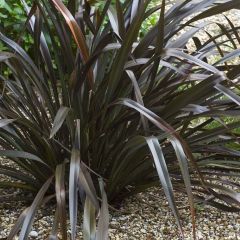
Phormium cookianum Black adder
- Flowering time July, August
- Height at maturity 1,20 m

Phormium tenax Margaret Jones
- Flowering time July, August
- Height at maturity 90 cm
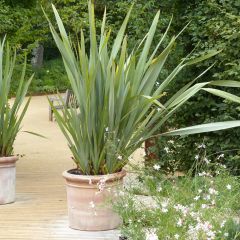
Phormium tenax - New Zealand Flax
- Flowering time July, August
- Height at maturity 2 m
- Subscribe!
- Contents
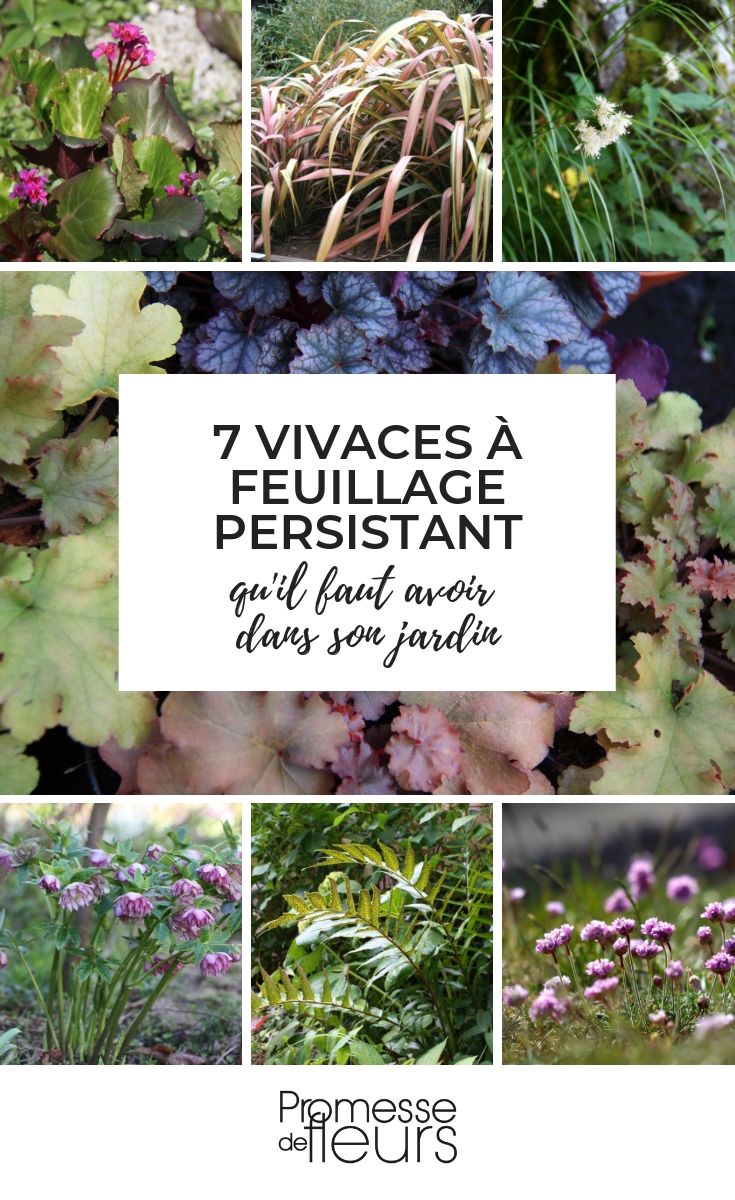































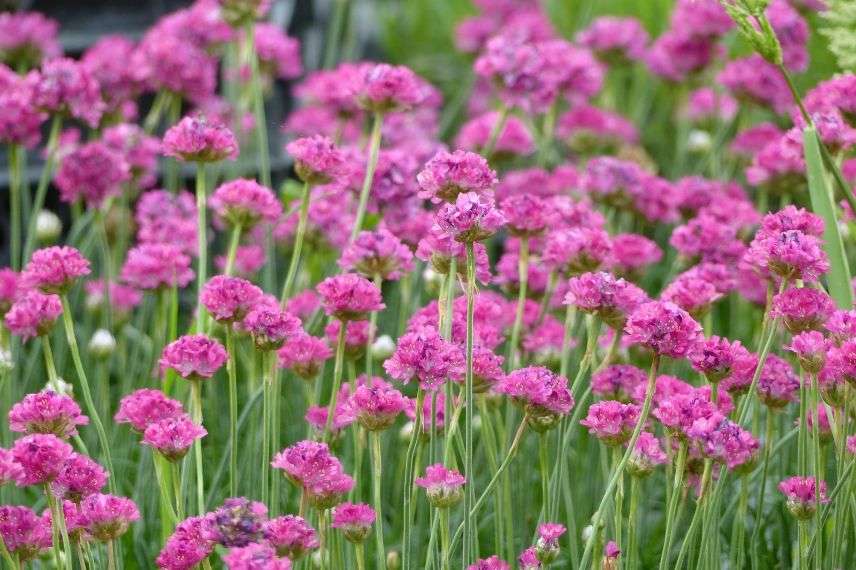
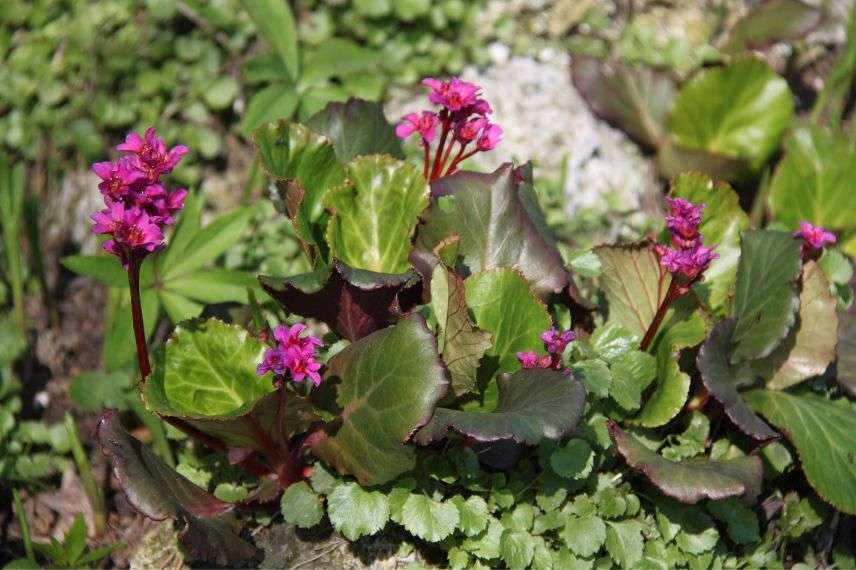
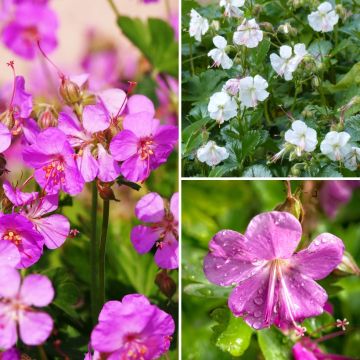
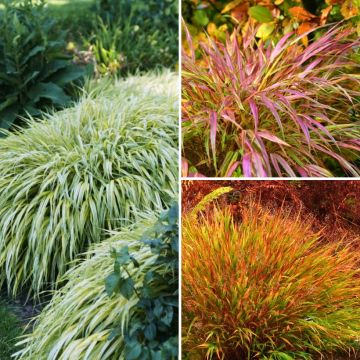

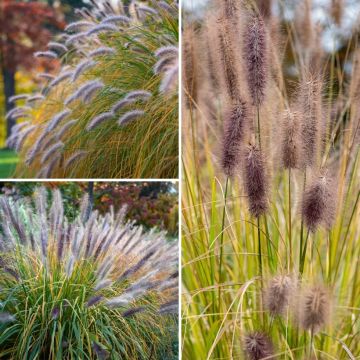
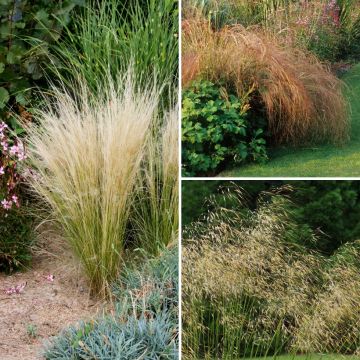
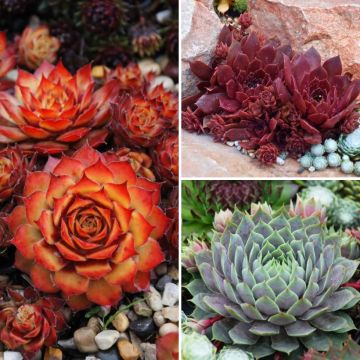
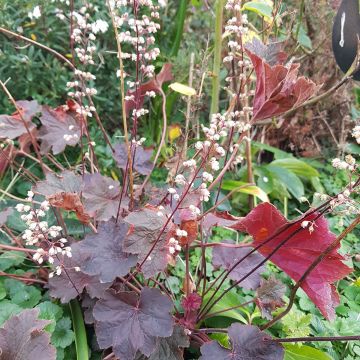
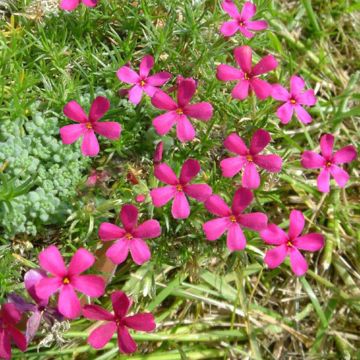
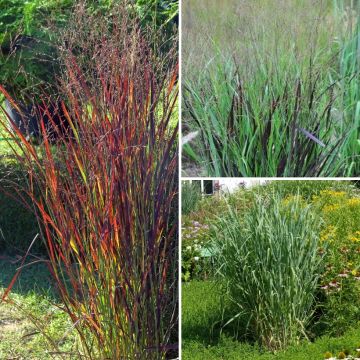
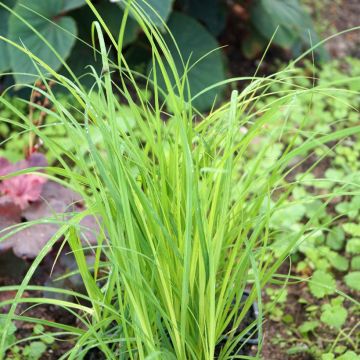
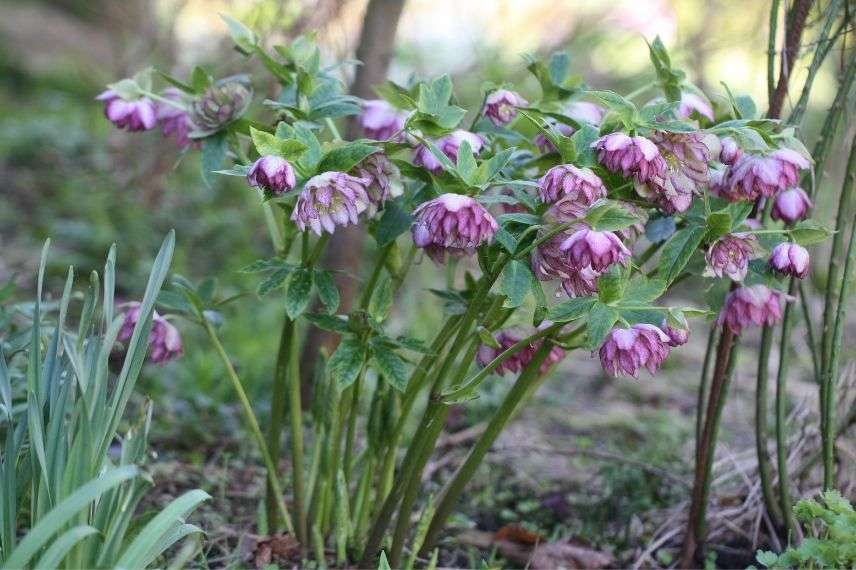
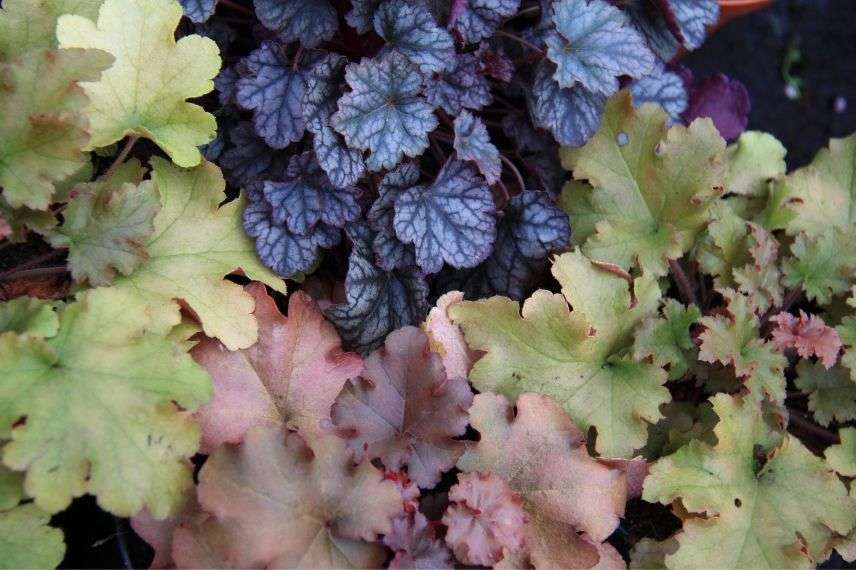
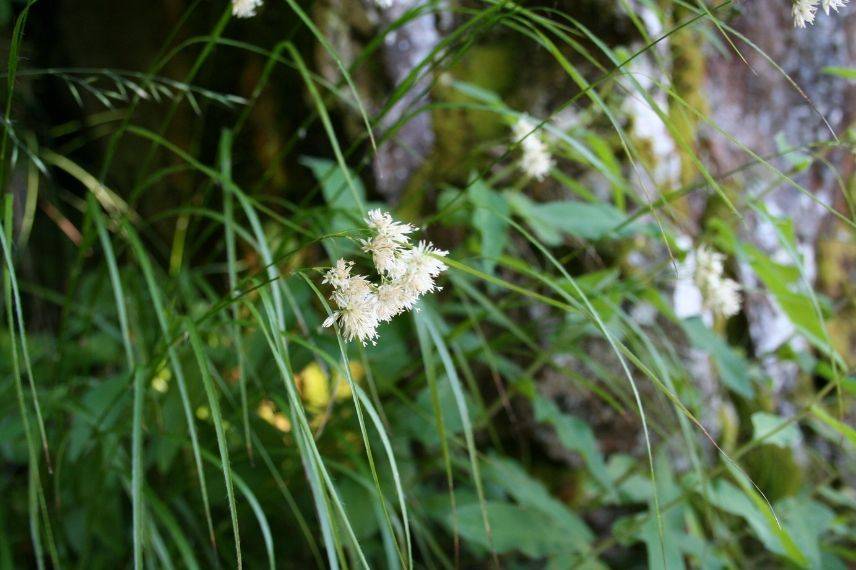

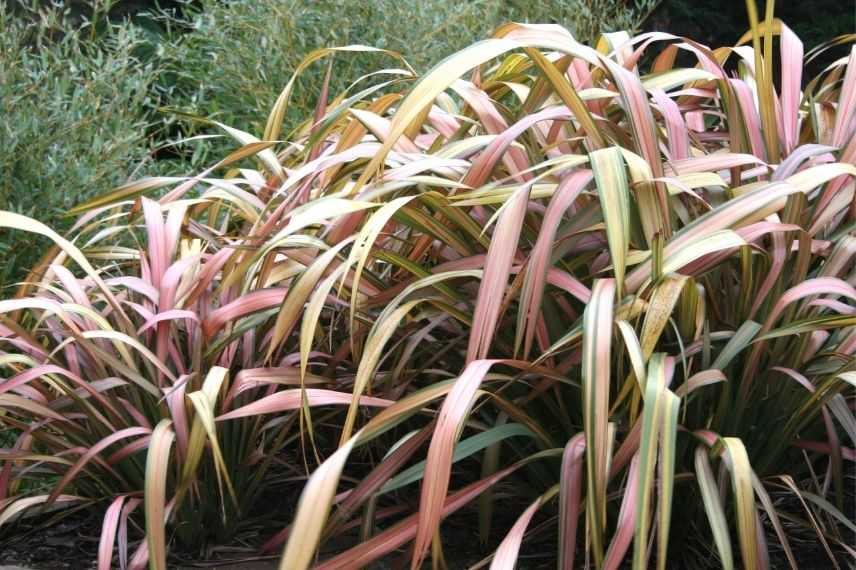
Comments